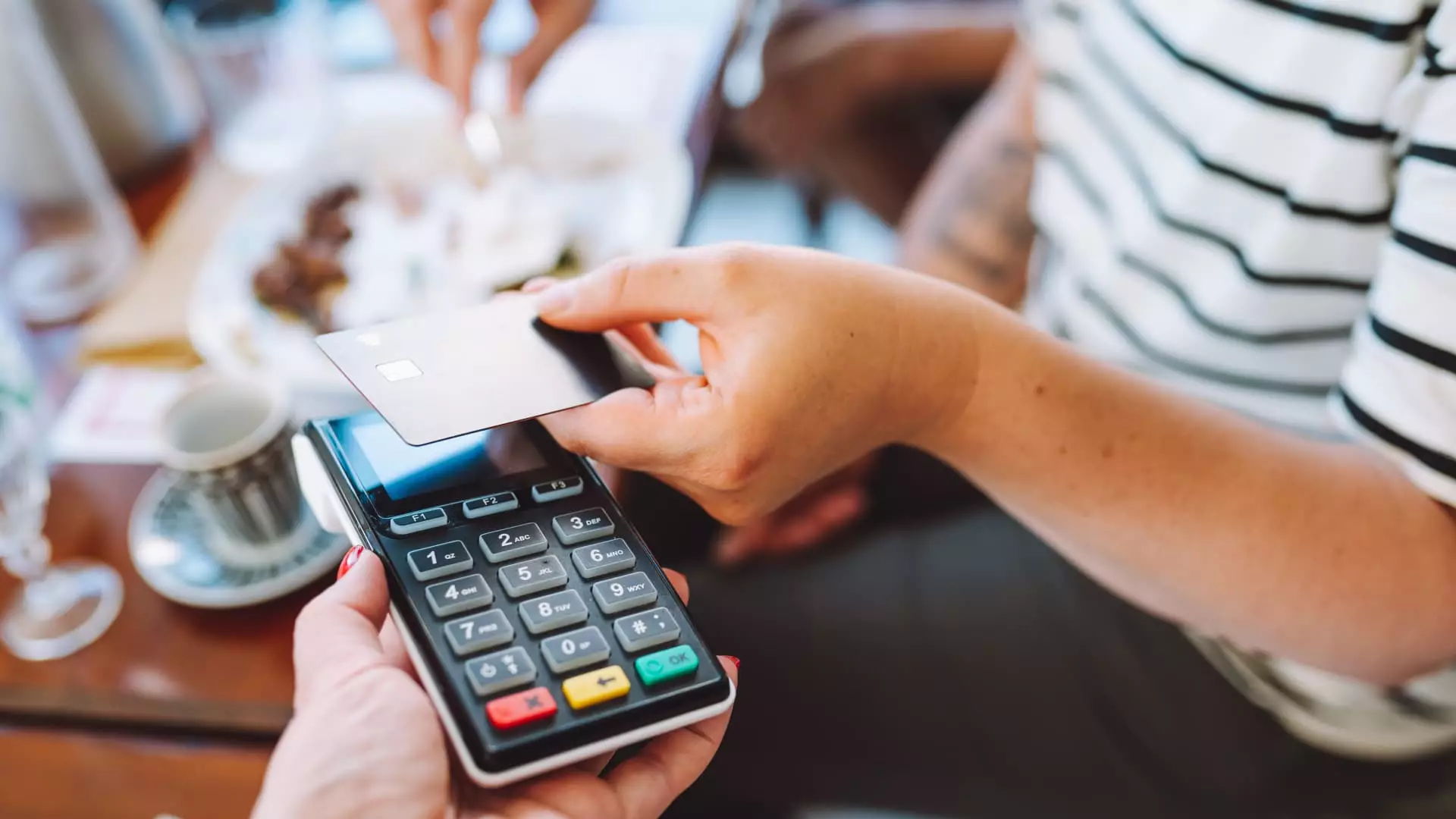In the labyrinth of personal finance, credit cards often appear as double-edged swords. While they provide convenient access to funds, their misuse can lead to significant financial turmoil. Among the various ways individuals misconstrue their credit limits, one particularly insidious habit is known as “credit cycling.” This involves reaching the upper limits of credit and swiftly paying down the balance only to max it out again. Though it might seem like a harmless strategy aimed at optimizing spending limits or earning rewards, the risks associated with such behavior are substantial and often underestimated.
Credit cycling, in essence, involves a repetitive cycle of high spending followed by quick repayments. This dance between maxing out credit and settling the balance can create an illusion of financial capability that is dangerously misleading. While Ted Rossman of CreditCards.com likens it to a minor traffic violation, it’s essential to recognize that such seemingly petty infractions can lead to dire consequences in the long run. Just as a driver risks getting pulled over for repeated speeding, credit cyclers risk attracting the ire of financial institutions.
The Illusion of Freedom
At first glance, the life of a credit cycler might seem appealing. Having repeated access to what appears to be unlimited funds allows for splurges on significant purchases, from house repairs to vacations, without immediate financial repercussion. The allure of accumulating reward points compounds the appeal. However, this temporary thrill can camouflage a troubling reality: the more you engage in credit cycling, the more susceptible you become to bad credit and potential financial disasters.
Many consumers are understandably drawn to this method due to low credit limits that constrain their spending power. Yet, what these individuals may fail to recognize is the underlying signal they are sending to card issuers. Consistent maxing out of credit may appear as a financial red flag, suggesting that one is living beyond their means. In the eyes of financial institutions, this behavior could suggest not only trouble managing finances but also potential illicit activity, such as money laundering.
The Risk of Credit Damage
The repercussions of credit cycling extend beyond mere inconvenience. For starters, it can lead to a negative impact on one’s credit score. High credit utilization ratios, generally above 30%, translate into financial irresponsibility in the eyes of creditors. This is particularly alarming given that a canceled card can further decrease one’s overall credit limit, leading to a higher utilization ratio and, consequently, a declining score.
Bruce McClary from the National Foundation for Credit Counseling underscores the importance of maintaining a careful approach when handling credit. He warns that the risks are not merely financial; they can shape one’s future access to credit. A single incident of maxing out a credit card can easily be flagged as misuse, tarnishing a credit history that may take years to rebuild.
Further complications arise when late fees, interest rate hikes, and even over-limit charges come into play. Consumers might find themselves in a treacherous cycle of debt that is hard to break. The very act of chasing the illusion of financial freedom through credit cycling can swiftly transform into a gateway to long-term instability.
Exploring Alternatives
So, what can consumers do to avoid the pitfalls of credit cycling without sacrificing their financial health? Instead of the reckless pursuit of short-lived rewards, individuals should explore various viable alternatives. Requesting a higher credit limit offers a straightforward way to enhance purchasing capacity without dangerously maxing out existing limits. Additionally, diversifying credit by opening new accounts can spread risk and improve overall credit health.
Moreover, paying bills early, rather than waiting until the end of the billing cycle, can significantly reduce credit usage rates. This practice allows for a healthier appearance of one’s credit by ensuring that indicators of financial responsibility remain intact. It is essential, however, to distinguish this method from credit cycling, as the goal is not to maneuver around credit limits, but to encourage good credit practices.
While the temptation of credit cycling may be high, the wisdom lies in adopting a more disciplined approach to credit management. Recognizing when to flex financial muscle and when to exercise restraint can lead to a more stable economic future. Individuals should take a closer look at their spending habits and consider adopting more responsible behaviors before jumping into the enticing yet perilous game of credit cycling.


Leave a Reply